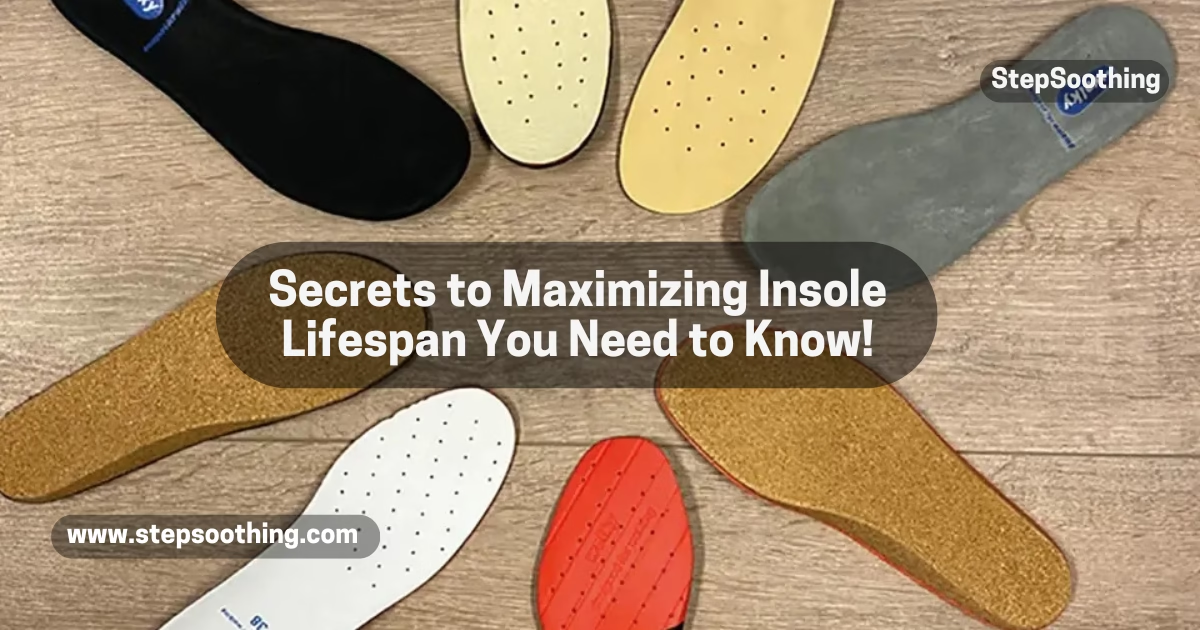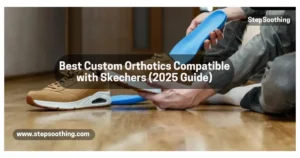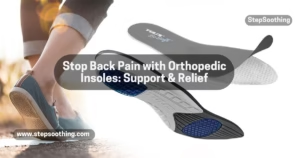When it comes to foot health, we often focus on things like shoes or socks, but insoles play a crucial role in ensuring our feet stay comfortable and well-supported. Whether you’re an athlete or someone who spends long hours on your feet, maintaining the lifespan of your insoles is essential. With proper care, you can extend their life, save money, and keep your feet happy. This guide will walk you through the key steps and tips for taking care of your insoles and keeping them in top condition for as long as possible.
Maintaining the Lifespan of Insoles
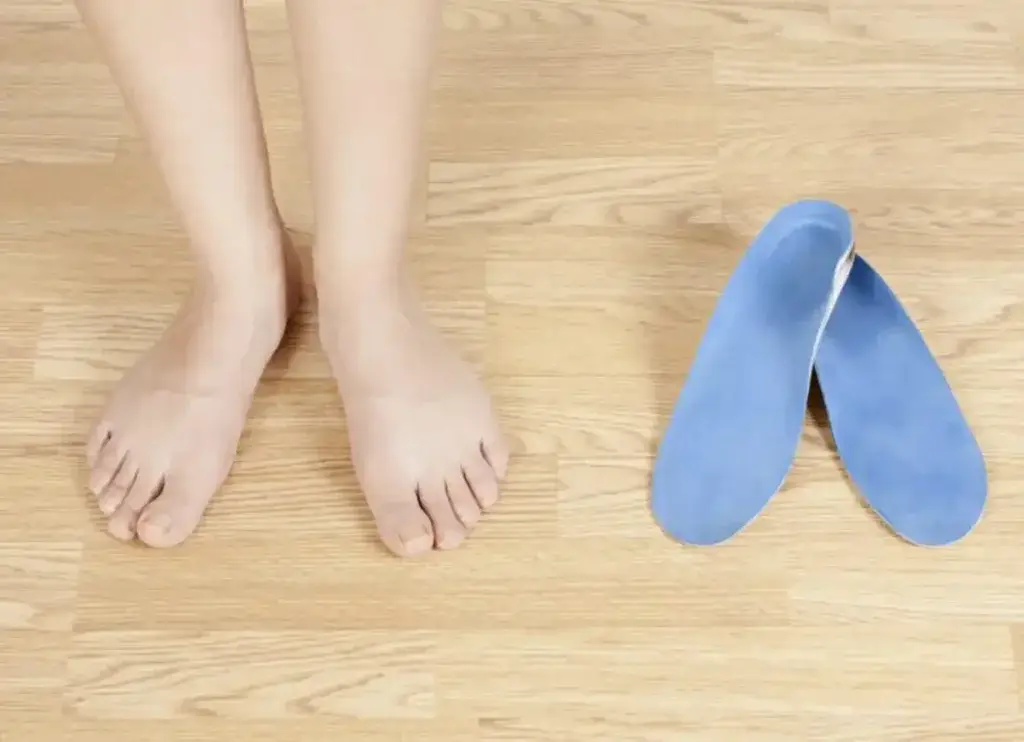
Why Insoles Are Essential
Insoles are crucial for supporting your feet, improving posture, and enhancing overall comfort. They offer benefits like arch support and shock absorption, making them indispensable for daily wear or athletic activities. Additionally, memory foam insoles advantages include their ability to conform to your foot shape, providing personalized cushioning and unparalleled comfort. Here’s why you shouldn’t overlook their importance:
Foot Support and Comfort:
Insoles provide extra cushioning and help distribute your body weight evenly across your feet. This can alleviate pressure on your joints, reduce foot pain, and improve overall posture.
Impact on Overall Foot Health:
Properly maintained insoles help prevent issues like flat feet, plantar fasciitis, or blisters. They ensure your feet stay aligned, reducing the risk of pain in your knees, hips, or lower back.
Types of Insoles
Not all insoles are created equal. Depending on your needs and activities, you’ll want to choose the right type to get the most benefit. Here are some of the most common types of insoles:
Orthotic Insoles:
These are custom or over-the-counter insoles designed to support specific foot issues like flat feet, high arches, or plantar fasciitis. They provide targeted support and improve alignment.
Gel Insoles:
Ideal for cushioning and shock absorption, gel insoles are often used by people who spend long hours standing or walking. They help reduce fatigue and discomfort.
Foam Insoles:
Made from lightweight, soft materials, foam insoles provide a comfortable cushion for daily wear. They’re great for casual use, especially for people looking for light, all-day comfort.
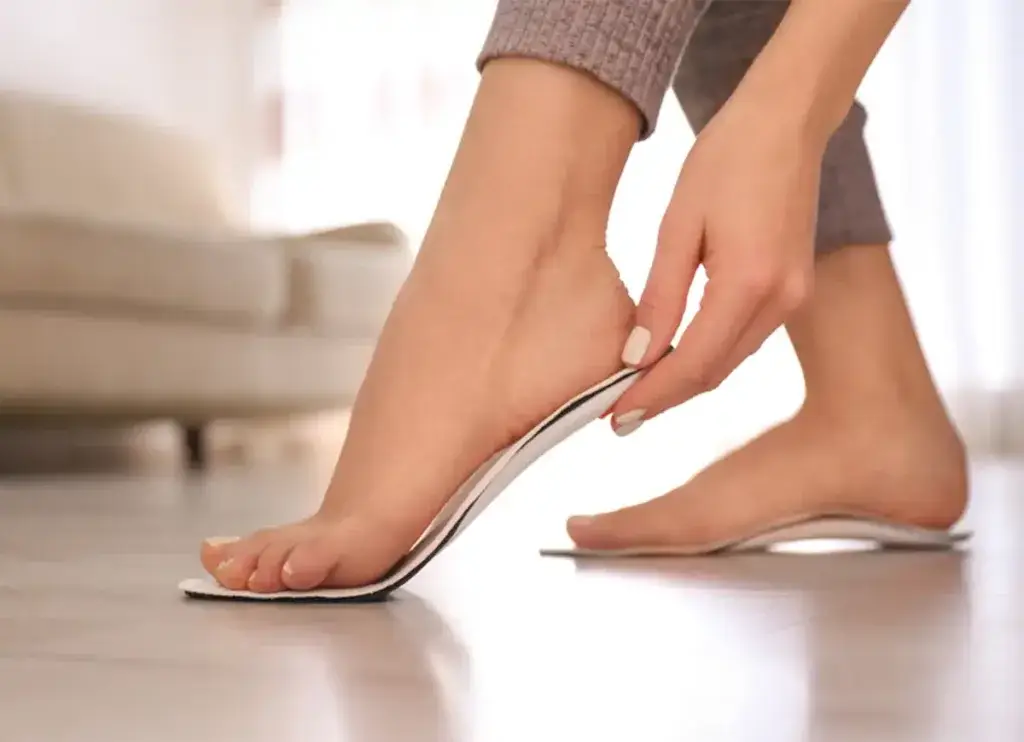
Factors Affecting Insole Lifespan
Several factors impact how long your insoles will last. Understanding these can help you get the most out of your investment:
- Material Quality: Higher-quality insoles made from durable materials like memory foam or high-density EVA foam can last much longer than cheaper alternatives.
- Frequency of Use: The more you wear your insoles, the faster they will wear out. If you use them daily, expect to replace them more frequently compared to occasional use.
- Activity Type and Foot Type: If you’re running or doing high-impact activities, insoles will degrade faster. Additionally, people with specific foot shapes (e.g., flat feet or high arches) may need to replace their insoles more often due to the additional strain on the material.
By monitoring these factors, you can determine how often to replace shoe insoles for optimal comfort and support.
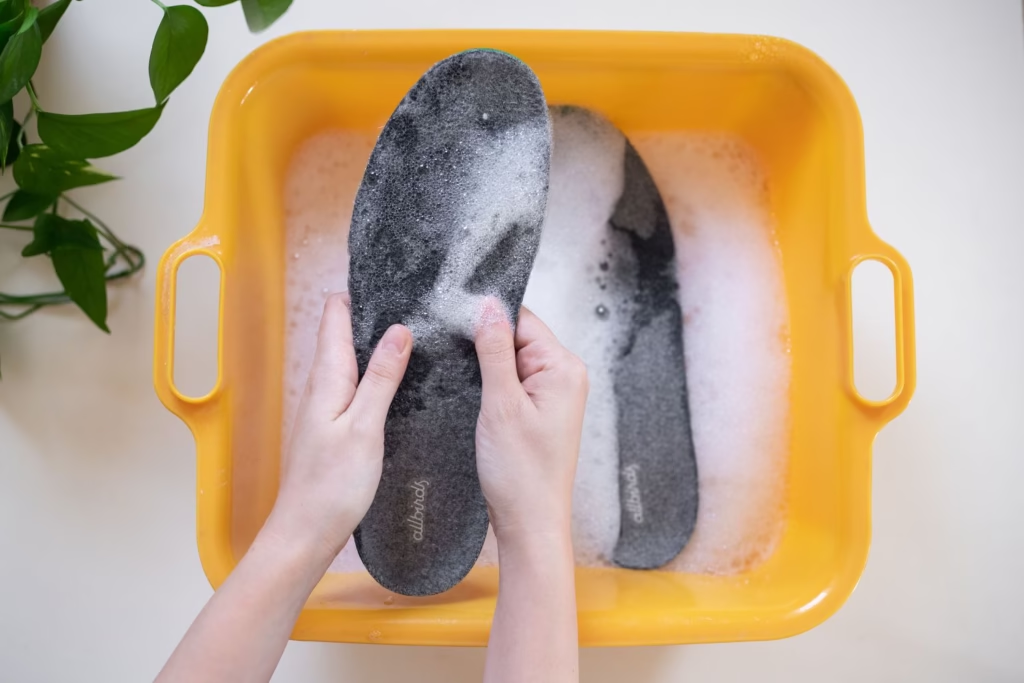
Tips for Cleaning Insoles
Keeping your insoles clean is one of the simplest ways to extend their lifespan and keep them fresh. Here are some tips to help you out:
Hand Cleaning vs. Machine Washing:
Always check the manufacturer’s instructions. In most cases, hand washing insoles with warm water and mild soap is the safest method. Machine washing may cause them to lose shape or get damaged.
How to Remove Odors and Bacteria:
Use baking soda or a specialized deodorizing powder to eliminate odors. Simply sprinkle the powder on your insoles, let it sit for a few hours, and then shake or vacuum off the excess. This helps prevent bacterial buildup, keeping your insoles fresh.
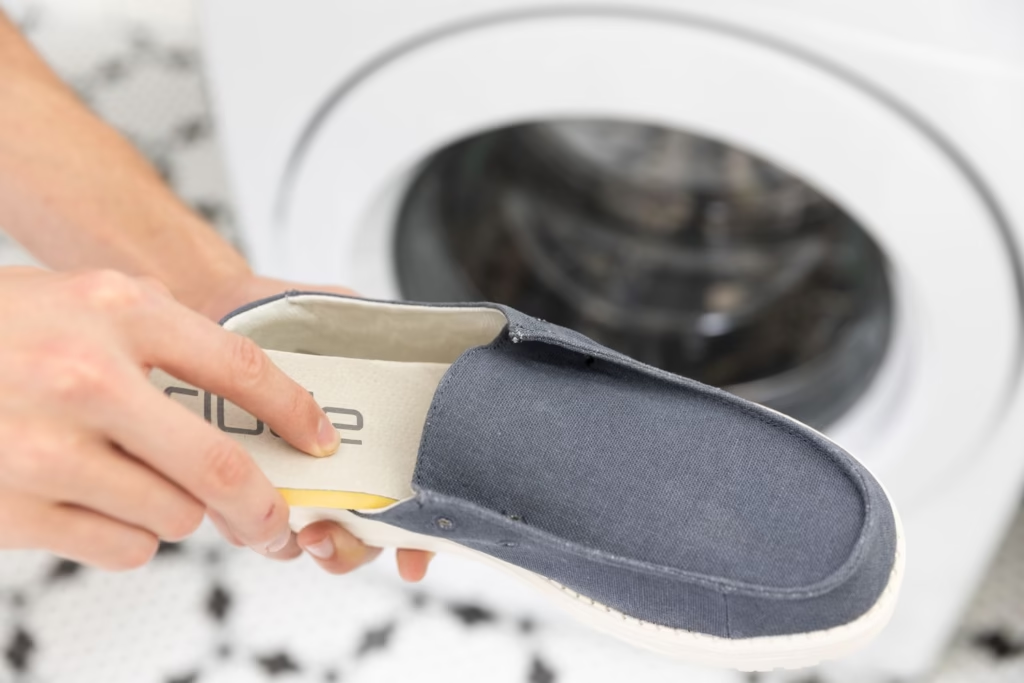
Drying Insoles Properly
After cleaning, you need to dry your insoles properly to avoid damaging them. Here’s what you should do:
- The Importance of Air Drying: Never use direct heat sources like dryers, radiators, or direct sunlight to dry your insoles. High heat can warp the material and affect their performance.
- Methods to Speed Up Drying Without Causing Damage: If you’re in a hurry, place silica gel packets inside the insoles to help absorb moisture. Let them air dry in a cool, dry place—this is the most effective and safe method.
Rotating Insoles for Longevity
If you’re using the same pair of insoles every day, you’re putting extra wear on them. Rotating between different pairs can help preserve the cushioning and structure of each insole, allowing them to last longer.
- The Benefits of Alternating Between Multiple Pairs: By switching between different pairs of insoles, you give each pair time to recover, helping them maintain their cushioning for a longer period.
- How Rotation Helps Preserve Cushion and Structure: Just like how you wouldn’t wear the same shoes every day, rotating insoles helps reduce the stress and pressure on any single pair, ensuring that they stay in good condition for longer.
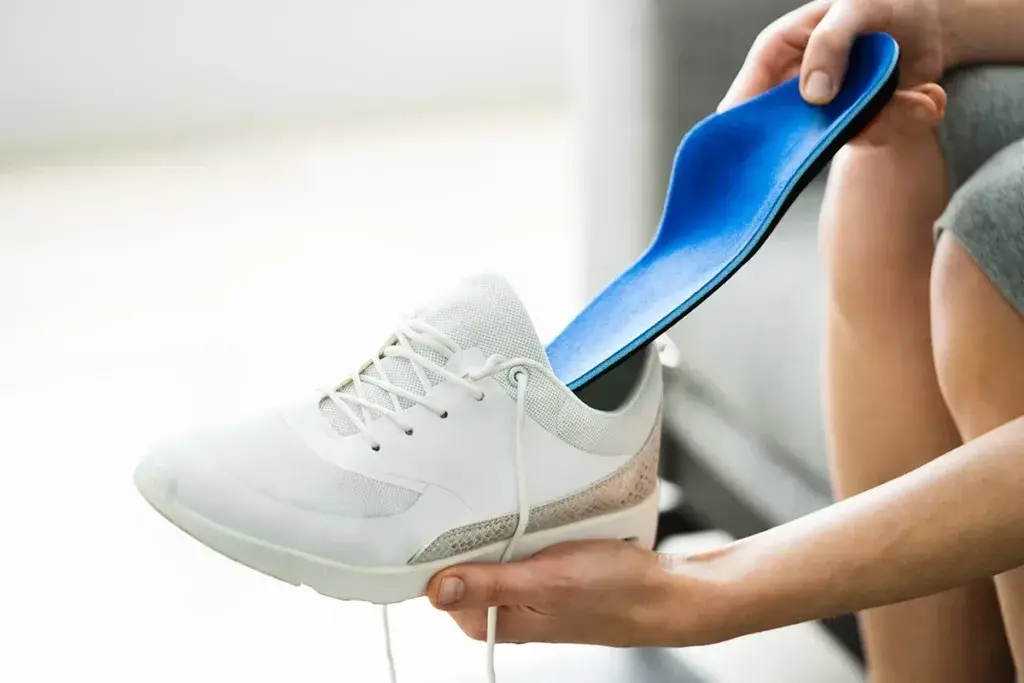
Storing Insoles Correctly
When you’re not using your insoles, proper storage can prevent them from becoming misshapen or damaged.
- Best Practices for Storing When Not in Use: Always store insoles flat to prevent them from bending or warping. You can also place them in a dry, cool environment to avoid exposure to excess moisture, heat, or direct sunlight.
- Avoiding Damage During Storage: Don’t roll or fold your insoles. Keep them in their natural shape to maintain their effectiveness and longevity.
When to Replace Insoles
Even with the best care, insoles won’t last forever. Here are some signs it’s time to replace them:
Signs of Wear and Tear:
If you notice that the cushioning is flattened, there are cracks in the material, or they start to smell bad despite cleaning, it’s time for new insoles.
Recommended Replacement Frequency Based on Usage:
For daily wear, it’s recommended to replace insoles every 6–12 months, depending on the material and how much stress you put on them.

Special Considerations for Athletes
For athletes, insoles take a beating during high-intensity activities. Here’s how to keep them in top shape:
Impact of High-Intensity Activities on Insoles:
Sports like running or basketball put a lot of stress on your insoles. They need to be replaced more often due to the constant impact.
Maintaining Insoles for Running, Hiking, and Other Sports:
Choose insoles specifically designed for your sport. Running insoles, for example, offer extra cushioning to absorb shock during high-impact movement.
Environmental Impact of Maintaining Insoles
Taking care of your insoles doesn’t just benefit your feet—it’s also good for the environment.
- Reducing Waste Through Proper Care: By maintaining your insoles, you reduce the frequency of replacements, leading to less waste in landfills.
- Benefits for the Planet and Your Pocket: Longer-lasting insoles also reduce the need for manufacturing and shipping, which cuts down on carbon emissions and helps you save money in the long run.
Cost-Effectiveness of Maintaining Insoles
Proper insole care is not just good for the environment, but also for your wallet.
- How Longevity Reduces Long-Term Costs: By cleaning, drying, and rotating your insoles, you can avoid costly replacements and make your insoles last longer.
- Comparing Cost of Replacement vs. Maintenance: A single pair of high-quality insoles can cost anywhere from $20–$50. However, with proper care, you could extend their lifespan by months, saving you money.
Conclusion
In conclusion, maintaining the lifespan of your insoles is crucial for ensuring long-lasting comfort, foot health, and saving money. By implementing simple care practices such as cleaning, proper drying, rotating insoles, and storing them correctly, you can ensure your insoles last longer and continue providing the support you need. Remember to replace them when they show signs of wear, and select the right insoles for your activities. Taking care of your insoles is a small effort that pays off in the long run.
you may also get more info by reading following these tips—such as understanding how often to replace shoe insoles, implementing proper washing instructions for orthotic insoles, and learning how to clean gel insoles—you can extend the life of your insoles and ensure continued comfort. The memory foam insoles advantages and benefits of cushioned insoles make them worthwhile investments for anyone looking to prioritize foot health.
Don’t forget the importance of storing insoles properly and rotating between pairs to keep them in top shape. Regular maintenance not only saves money but also enhances your overall well-being.
People Also Asked
How often should I clean my insoles?
It’s a good idea to clean your insoles once a week or as needed, especially if you wear them daily or for physical activities.
Can I machine wash my insoles?
While some insoles can be machine washed, it’s best to hand wash them using warm water and mild soap to preserve their shape and integrity.
How can I make my insoles last longer?
Rotate your insoles, clean them regularly, and dry them properly. Avoid storing them in damp or hot places, and replace them when signs of wear appear.
When should I replace my insoles?
Replace your insoles when the cushioning has flattened, the material is cracked or worn out, or they no longer provide the support you need.
Are custom orthotics worth the investment?
Yes, especially if you have specific foot issues like flat feet or plantar fasciitis. Custom orthotics provide tailored support that can improve foot health over time.
